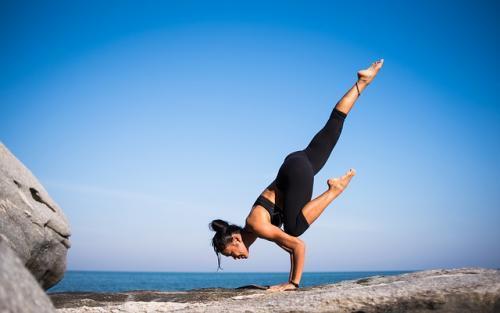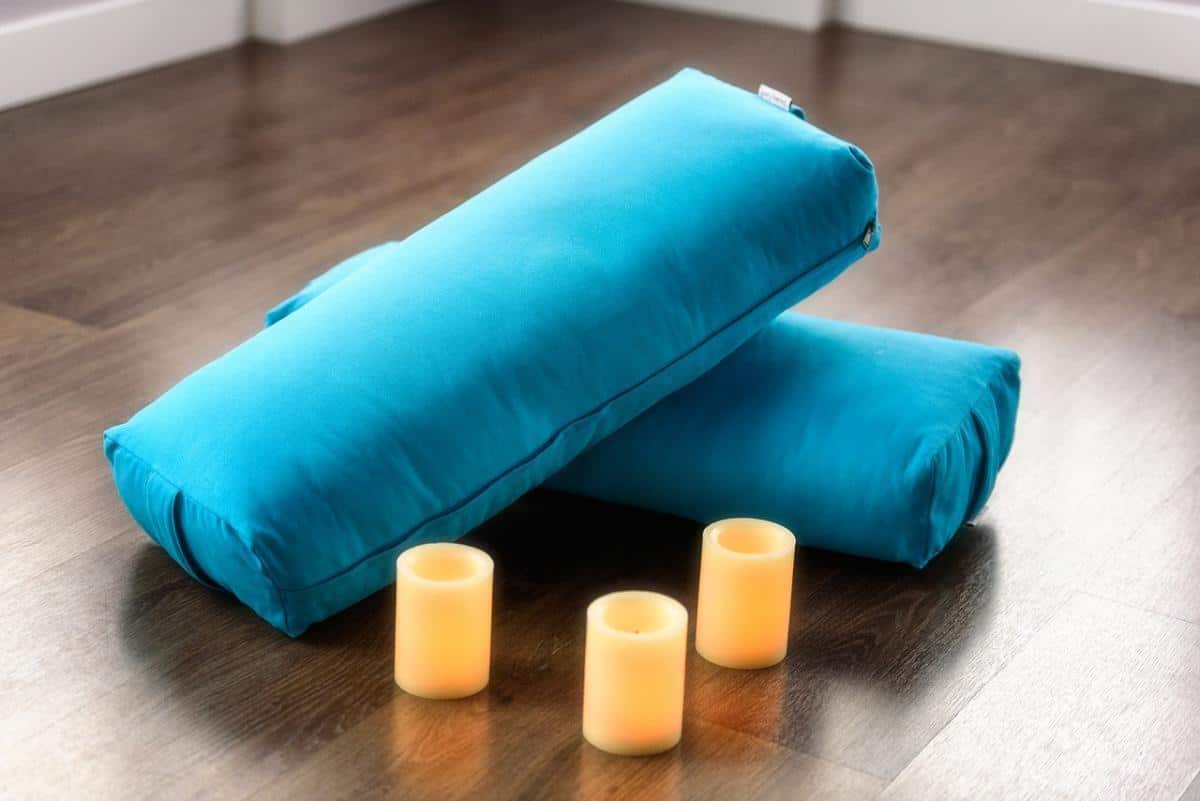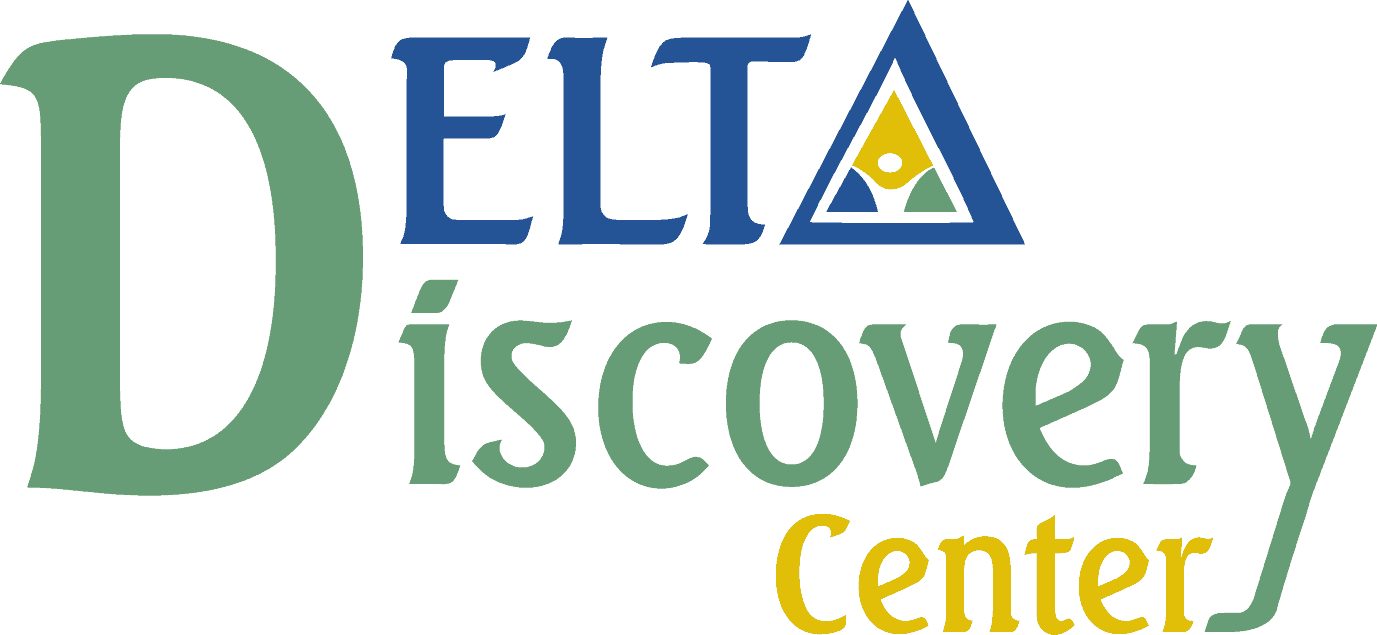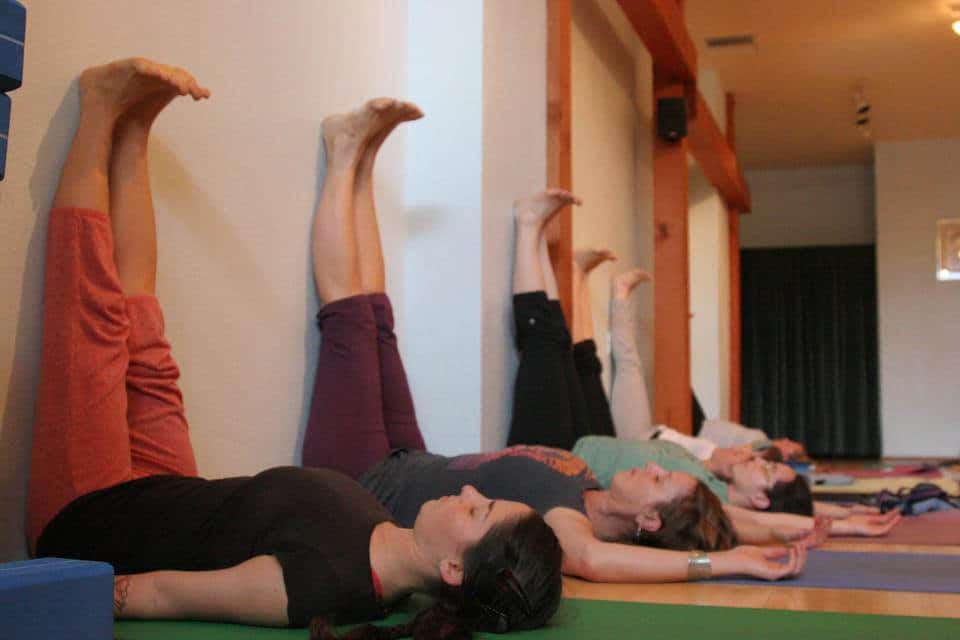Granted … not everyone can do a Downward Facing Dog pose or a Wounded Peacock pose or a Scorpion pose. What most of us can do are restorative yoga poses. These are more gentle poses that involve the use of props that serve as support. The benefits of these restorative yoga poses for relaxation and healing are many.
It’s true. One of the most beautiful things to see is a group of yogis doing their challenging yoga poses or asanas. It’s just amazing that no matter how difficult the yoga pose is, they still seem to have the best and most relaxing time of their lives.
Don’t let that intimidate you. You don’t need to turn yourself into a human pretzel to realize the benefits of practicing yoga.

What Yoga Means for the Yogi
Yoga is one of the most popular practices in the United States. A 2012 study indicates that 8.7 percent or 20.4 million adults in America practice yoga. These yogis would spend a total of $10.3 billion a year for yoga classes and equipment. This illustrates just how popular yoga is in the United States.
For non-yoga practitioners, yoga is just a form of exercise that involves poses and breathing techniques. For them, it is an exercise that will help them achieve a beautiful body.
However, there is more to yoga than meets the eye. For a yogi, it’s more of a way of life. It is a spiritual discipline that helps someone achieve physical, mental, and emotional well-being.
Yoga guru, Gurudev Sri Sri Ravi Shankar has said in The Art of Living India, “Yoga is not just exercise and asanas. It is the emotional integration and spiritual elevation with a touch of a mystic element, which gives you a glimpse of something beyond all imagination.”
What is the Difference Between Restorative Yoga and Regular Yoga?
As its name implies, the main focus of restorative yoga is to restore and heal the body. While typical yoga doesn’t use a lot of props and has more poses, restorative yoga is more relaxed. When you perform restorative yoga, you will do fewer poses but you will do it for extended periods of time – that’s why it is sometimes called “lazy yoga”. Unlike typical yoga where you don’t need anything except a mat, restorative yoga encourages the use of equipment or props such as straps, blankets, bolsters, or blocks.
 The main focus of restorative yoga is deep breathing. Through deep breathing, your body will release toxins, improve the quality of your blood, increase digestion, improve your nervous system, strengthen your heart and lungs, and relax your mind.
The main focus of restorative yoga is deep breathing. Through deep breathing, your body will release toxins, improve the quality of your blood, increase digestion, improve your nervous system, strengthen your heart and lungs, and relax your mind.
Why Restorative Yoga Uses Props
In restorative yoga, you are trained to practice stillness and gentle movement for long periods of time. That is why you will be doing each pose longer than normal. The props will help you maintain your balance as you are relaxing or stimulating your body. As you breathe and feel your body movements, your mental and physical states become aligned.
What Are the Benefits of Restorative Yoga?
There are several benefits to practicing restorative yoga. For one, unlike other types of yoga, it doesn’t require a lot of muscular contraction so, in a way, your body stays relaxed. A restorative yoga sequence still allows you to stretch, however, since your props will aide you to fully relax while doing the stretch, any type of tension will be slowly released.
Another benefit of restorative yoga is that it heals your body and mind. The deep, passive stretching that you do in restorative yoga is beneficial to your mind. As you begin to achieve mental balance, it will help you eliminate fatigue, stress, and anxiety.
Restorative yoga is also known as “gentle yoga”. As opposed to other types of yoga that involve poses, balancing, inversions, and standing, restorative yoga is only done on the ground. That’s why it is recommended for those who need healing from injuries.
Since restorative yoga concentrates on deep breathing, it allows you to bring in extra oxygen to your body. This improves blood circulation and promotes healing.
Another beneficial element of restorative yoga is that it can activate your parasympathetic nervous system. This allows automatic control of your body. Because of this, your regular nervous system gets to rest, making the muscles more relaxed. If this frequently happens due to the constant practice of restorative yoga, your body will become less vulnerable to illnesses caused by stress. This way, you will achieve optimal health.
 Here are the benefits of restorative yoga according to Ekhart Yoga:
Here are the benefits of restorative yoga according to Ekhart Yoga:
- Enhances flexibility
- Deeply relaxes the body
- Stills the mind
- Improves capacity for healing and balancing
- Balances the nervous system
- Boosts the immune system
- Develops qualities of compassion and understanding for others and self
- Enhances mood states
Why Restorative Yoga is For Everyone
Since restorative yoga is a more gentle type of yoga and uses props for support, some people may assume that it is a very easy practice … perhaps something that is comparable to a candlelit massage. Some may even think that it is only intended for people who need recovery or have physical limitations.
However, Jillian Pransky, director of Restorative Therapeutic Yoga teacher training for YogaWorks, thinks that restorative yoga is actually considered an advanced practice, therefore, its benefits should not be trivialized.
She said in YogaJournal:
“While restorative yoga is a healing practice, it’s not just a physical ‘recovery’ practice. People think of it as a massage or a pampering. Or if you’re sick or injured and you can’t get to regular vinyasa class, people think restorative yoga is ‘all’ you can do. On the contrary, I think it’s the most advanced practice.”
Pranksy went on to explain why restorative yoga is an “essential antidote for our stressed-out lives.” She mentioned four important benefits that everyone (not only those who are trying to recover) can get from doing this practice.
According to Pransky, restorative yoga benefits include helping us cultivate the skill of conscious relaxation, helping us discover where we are holding tension, creating a condition for the relaxation response to kick in, and helping us face what we are avoiding about ourselves.
While we can experience these effects from other practices, restorative yoga utilizing its unique blend of slow movements and mindfulness will help us achieve what we desire to achieve within our bodies.
Below is a video showing Jillian Pransky and Anita Goa of Yoga Works teaching three restorative yoga poses that can be done at home.
Restorative Yoga Poses
The poses that are used for restorative yoga include light twists, gentle backbends, and seated forward folds. These are done in a very gentle and comfortable way, unlike in other types of yoga wherein you will be doing some uncomfortable positions and since you’ll be using props for support, if you have injuries, you won’t have to worry about making it worse.
The good thing about restorative yoga is that you are not forced to do a pose if you think your body is not ready for it yet. You can move at your own pace. The goal of restorative yoga is for the student to have utmost relaxation, not to finish the poses.
A typical restorative yoga sequence would have five or six poses. Each pose is usually done for around 5-20 minutes. While doing a pose, it is very common for people to fall asleep – which is good since one of the goals of restorative yoga is to provide relaxation for the nervous system.
Examples of Restorative Yoga Poses
Legs Up the Wall
In this pose, a yoga blanket or bolster is used to elevate lower back and hips while the back lies flat on the mat.
 Supported Bridge Pose
Supported Bridge Pose
Unlike the typical bridge pose which involves lying on your back with bended knees, while lifting your back and buttocks from the floor, in the Supported Bridge Pose, you will put a sturdy yoga block between your buttocks and the small of your back which makes it more comfortable since the pressure on your shoulders and thigh muscles will be reduced.
Supported Backbend
In this pose, you will be placing a yoga blanket or bolster at the middle of your back while you are lying on the mat. This will create an arch. In this pose, you have the option to bend your knees or just stretch out your legs. You can also choose to rest your arms above your head or at the sides.
Whether you are considering restorative yoga for healing from an injury or an ailment or you’re just looking for ways to relieve stress and relax, the benefits of restorative yoga are many. It is a very promising holistic practice that anyone can do.

 Supported Bridge Pose
Supported Bridge Pose